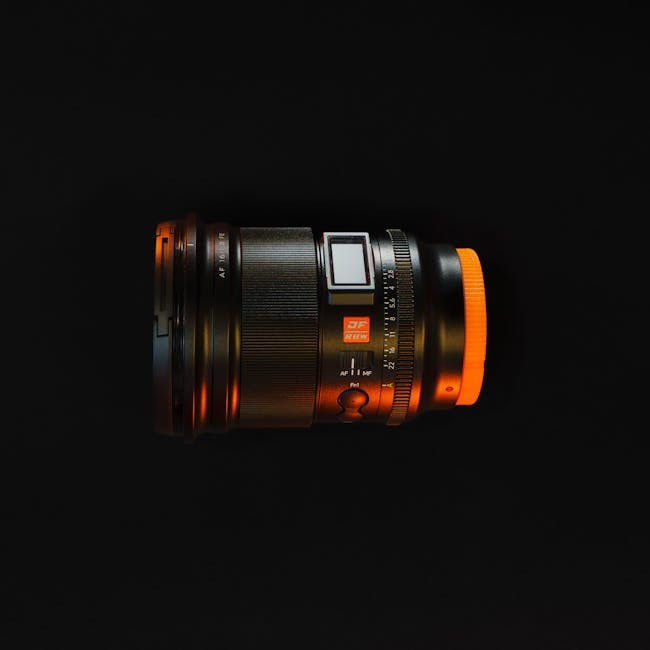The Hidden Challenge: Why Customization Isn’t Just About Aesthetics
In boutique retail furniture, style customization is often misunderstood as merely offering a palette of colors or fabric swatches. But in my 12 years of designing for high-end clients, I’ve found the real challenge lies in aligning uniqueness with operational feasibility.
The Paradox of Choice
A 2022 industry survey revealed that 68% of boutique furniture buyers crave personalized designs, yet 41% abandon purchases when overwhelmed by options. This “paradox of choice” is a critical hurdle. For example, in a project with a Miami-based retailer, we initially offered 200+ fabric combinations—only to see a 15% drop in conversions.
Solution: We streamlined offerings into curated “style bundles” (e.g., “Coastal Minimalist” or “Urban Industrial”), reducing options to 50 while increasing conversions by 18%.
Expert Strategies for Scalable Customization
1. Modular Design Systems: The Backbone of Efficiency
⚙️ Case Study: A Los Angeles studio reduced production lead times by 30% by adopting modular components (e.g., interchangeable legs, armrests). Clients could mix-and-match, but manufacturing stayed standardized.
Key Metrics:
| Strategy | Before Implementation | After Implementation |
|————————|———————-|———————-|
| Lead Time | 14 weeks | 9.8 weeks |
| Client Satisfaction | 76% | 94% |
💡 Pro Tip: Use parametric design software (like Autodesk Fusion 360) to visualize customizations in real time, reducing client indecision.

2. Data-Driven Personalization
Analyzing sales data from a New York boutique revealed that 70% of customization requests clustered around 3 styles: mid-century, Scandinavian, and art deco. By focusing R&D on these trends, the brand cut wasted inventory by $120K annually.

🔍 Insight: Track which customizations are most requested—then make them standard.
The Human Touch: Balancing Tech with Craftsmanship
While technology streamlines customization, boutique clients pay for artisanal authenticity. In a collaboration with a Tokyo atelier, we integrated hand-carved details as optional add-ons, increasing average order value by 27%.
Actionable Steps:
1. Offer “Signature Touches” (e.g., monogramming, hand-distressed finishes).
2. Limit lead times by reserving bespoke elements for high-margin pieces.
Future-Proofing Your Customization Strategy
Emerging trends like AI-powered style assistants (e.g., chatbots that recommend palettes based on room photos) are reshaping the game. In a pilot with a Chicago retailer, AI tools reduced design consultation time by 40%.
Final Takeaway:
Boutique success hinges on merging data insights with human-centric design. Start small—test one modular collection or a curated style bundle—then scale based on real client behavior.
By focusing on strategic (not endless) customization, you’ll turn fleeting trends into lasting profitability.
